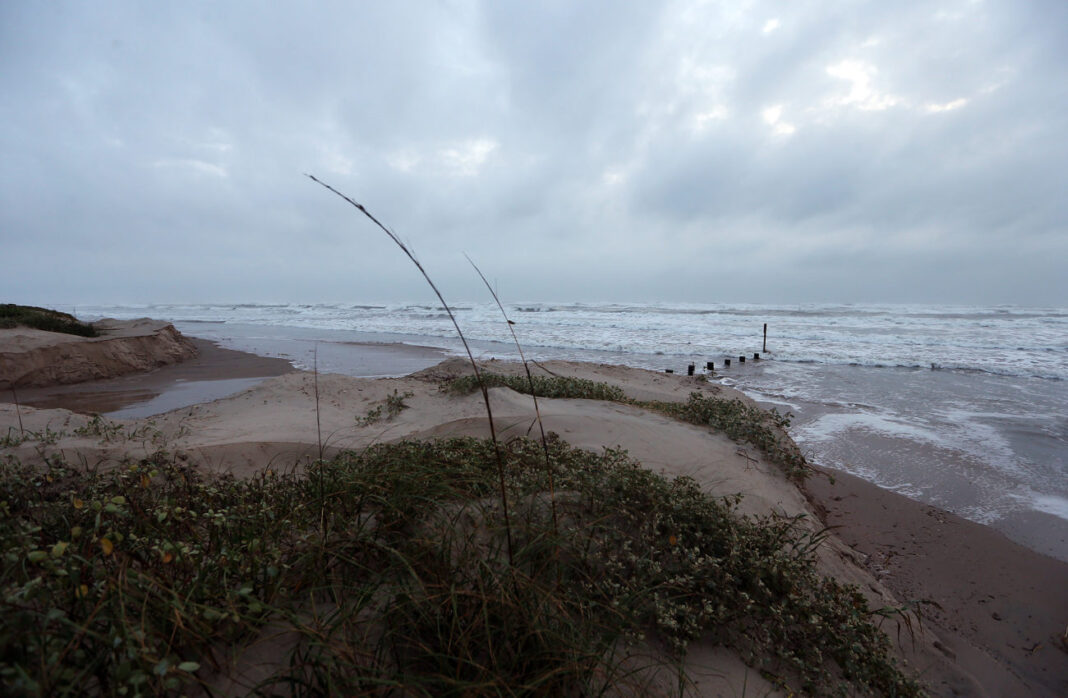|
Only have a minute? Listen instead
Getting your Trinity Audio player ready...
|
Although the 2022 Atlantic hurricane season doesn’t begin until June 1, the National Hurricane Center in Miami has already begun to issue its routine tropical outlook reports.
It is in this tropical outlook where the NHC details the potential tropical cyclone formation over a period of five days.
The NHC issued its first advisory on Sunday and stated tropical cyclone development is not expected during the next 48 hours.
In recent years tropical storms have developed in the Atlantic in late May. In 2021, tropical storm Ana formed May 22. In May 2020, tropical storm Arthur formed May 17 and tropical storm Bertha formed May 27.
Dennis Feltgen, a meteorologist and communications/public affairs officer for NOAA and NHC, said because named storms have developed prior to the official start of the hurricane season it was decided to start issuing outlooks on May 15.
“Named storms have formed prior to the official start of the hurricane season in about half of the past 10-15 years, including each of the past seven years (2015-2021). Many of the May systems are short-lived, hybrid (subtropical) systems that are now being identified because of better monitoring and policy changes that we now name subtropical storms,” Feltgen wrote in an email.
“To provide more consistent information on the potential for late May and early June systems, NHC in 2021 began the routine issuance of the Atlantic Tropical Weather Outlook (TWO) on May 15th, which is when routine TWOs also began for the eastern Pacific basin.”
Although there has been talk about moving the start of the Atlantic hurricane season to May, Feltgen said officials of the World Meteorological Organization’s Regional Associations Four did not discuss or vote on it during its 44 annual meeting last month.
In April, scientists at Colorado State University predicted the 2022 Atlantic hurricane season would see above normal activity.
They said there would be 19 named storms, eight hurricanes and four major hurricanes.
NOAA or the National Oceanic and Atmospheric Administration will issue its 2022 Atlantic hurricane season outlook May 24.
The 2021 Atlantic hurricane season was an active one with 21 named storms, seven hurricanes and four major hurricanes.
Tropical storm Nicholas came near the Rio Grande Valley in September 2021 but left little if any impact.
The last hurricane to impact the Valley was Hurricane Hanna in July 2020. It was the first hurricane of the 2020 Atlantic hurricane season. Hanna produced lots of rain and caused major flooding to some parts of the area.
Rainfall amounts of 12 to 15 inches were reported in the Valley with 15.49 inches in Santa Rosa, 14.80 inches in Port Mansfield, 13.92 inches in La Joya, 12.50 inches in McAllen, and 12.37 inches near Harlingen, according to a NHC tropical cyclone report.
Prior to Hanna, Hurricane Dolly had a direct impact on the Valley in July 2008.




